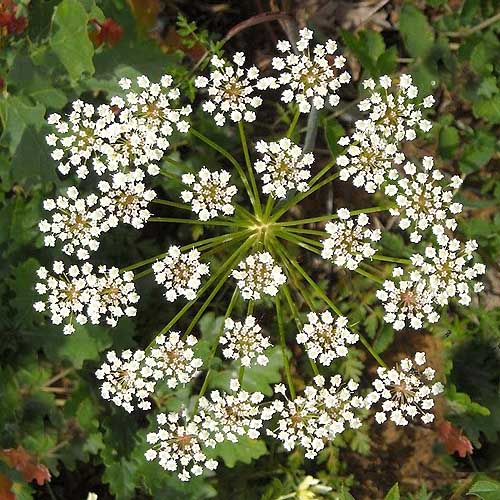
From Seed to Harvest: A beginner’s guide to growing Anise.
When growing an herb garden, some gardeners may not add anise to their list of plants they plant plant, but they should. Anise is a Mediterranean herb with a smell similar to licorice. It’s a strong herb, and it can be used in curries, in making flavored liqueurs and in baking. The seeds are the edible part of the plant, and they are grown in umbels similar to Queen Anne’s Lace. Anise is best grown in the warm seasons and it is an annual, meaning it will not return.
To plant:
Anise is easy enough to grow because it should be sown directly into the garden bed. Before planting, making sure the bed consists of well-draining soil and is free of weeds, rocks and other debris. When planting, the soil temperature should at least be 60 degrees Fahrenheit. Plant the anise seeds 1/2 inch deep and space them 1 inch apart. If planting in multiple rows, set the rows 2 to 3 feet apart.
To grow:
Anise prefers being grown in an alkaline soil with a pH between 6.3 and 7.0. The plants require full sun and soil that is well drained. Make sure to water the plants regularly because they require consistent watering until they are established. Once established, they can withstand periods of drought.
Keep in mind that if you don’t have ample space outside, anise also is easily grown in containers. Plant the seeds in containers that are at least 8 inches deep. Anise can be used as a companion plant with cabbage and grapes, but don’t plant it near carrots and radishes.
To harvest:
In addition to being used in baking, liqueurs and more, anise is also a useful herb that has medicinal properties, as well. These include being a digestion aid and helping aid respiratory illness. If you crush the seeds, they release an aromatic scent. They can be added to soaps, perfumes and potpourris. If using the seeds for cooking, dry them and then keep them in a sealed glass container until you are ready to use them.
It takes approximately 120 days from the planting date to harvest anise. Snip the leaves to use before the plant blooms, if you plan on using the leaves fresh. The leaves can be consumed dried, fresh or frozen. The seeds can be added to baked goods or to salads.
What anise craves:
Herbs don’t typically require fertilization, but you can fertilize the anise with a nitrogen-heavy fertilizer before the herb flowers, sometimes in June or July. Other than that, add compost to the soil before planting the seeds.
Where to buy anise seeds:
You can find anise seeds at Urban Farmer.

